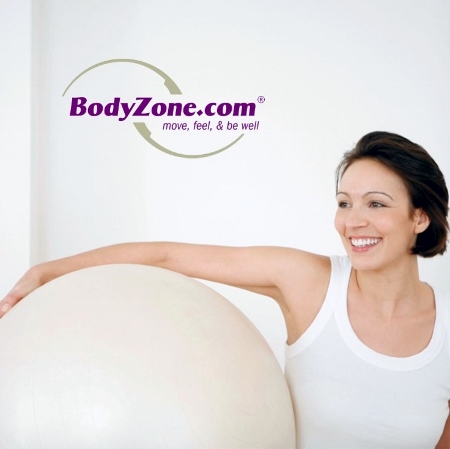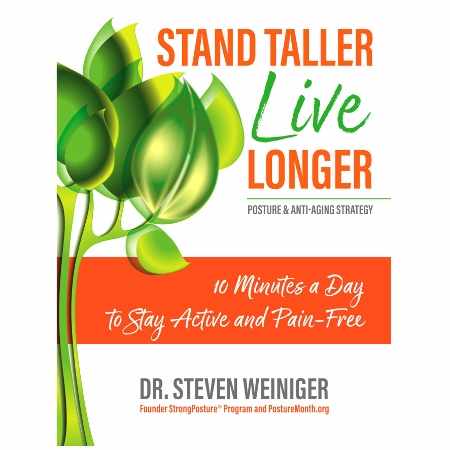Twenty first century life has created the 21st century posture. Modern conveniences at home, such as prepared foods, washing machines and dishwashers means less physical work at home. Workplace automation, robotics and computers, and the ability to order absolutely anything online mean most of us use our bodies less, and in less balanced ways, than our grandparents did.
Over time, the habit of less activity in general, and much more unbalanced motion by sitting, creates muscle imbalance. Muscles that are used repetitively over-strengthen, while the unused muscles weaken. Joints begin to move unevenly, causing stress, and ultimately joint breakdown.
Performing Posture Exercise as a daily Life Habit helps the body to move in ways it would not otherwise move, strengthening the body’s ability to move in balance.
Top 5 Posture Exercise FAQ
1. I Sit all Day. How will Posture Exercise Help Me?
We sit far more than a human body was designed to. Muscles come in sets, and every muscle has a partner muscle for balance. When we sit, we only use one muscle in a set. So, when we sit for much of our day, we are overusing some muscles and under-using others. Posture exercises are designed to stretch the over-used muscles, and strengthen the neglected muscles.
“No matter the physical condition, strengthening posture helps a body move with less mechanical stress on muscles and joints, promoting more effective motion.
The result: bodies feel better, perform better and wear better.”
~Steven Weiniger, DC, posture expert, author of Stand Taller Live Longer and the Posture Assessment App.
2. I Exercise a Lot, Why Do I Need to Do Posture Exercises?
Practice makes permanent, not perfect. If you have ever had an injury, or if your life, hobbies, work or sports require repetitive motion, your body motion probably is not ideally balanced.
Consider a volleyball players serve. The volleyball player will always hold the ball with on hand, and hit it with the other when serving. Will he/she change hands on the next serve? Of course not. It may be a powerful, on target serve – but the motion being trained in every game is not symmetrical – so ultimately will cause postural adaptation unless exercises are performed to counter that repeated motion. The same is true for other athletes, golfers, tennis players, etc.
Posture exercise helps athletes restore balance, ensuring optimal sports performance. So, if you can learn to train a more normal, balanced, controlled motion with a daily posture stretch, you can carry that symmetrical movement into other athletic and recreational endeavors.
3. Can I Learn PostureExercises From a Video?
Yes, with backup from a pro. The joints and muscles do not move in balance when there is a posture, muscle or joint problem. The body’s motion will follow a “trick”, or adapting pattern of motion. Therefore, copying someone else’s movements by watching a video often results in performing the same trick movements.
Learning posture exercises from a video or book is a great first step, but it is recommended that you have a trained posture professional evaluate and coach you towards balanced motion. Proper form allows you to strengthen normal movement patterns.
4. How Do Posture Exercises Affect Healthspan?
Bodies all have a basic need to move. Exercise strengthens muscles, while inactivity weakens them. Joint problems and stiffness usually mean that joints are not being moved in a full, normal range of motion. This limited movement results in the muscles that normally move the joints to become weaker.
We’ve all heard, “If you don’t use it, you’ll lose it.” Half of the body is muscle, bone, and joint, and its purpose is to move. If you don’t keep your body moving, you will gradually lose the ability to move well.
5. What about Exercise as an AntiAging LifeHabit?
With age, the joints stiffen and muscles get tight. The common bent over posture of old age occurs as a result of the body adapting to long-term poor posture. As posture becomes more bent forward the muscles have to work harder to keep the body balanced, which makes the muscles progressively tighter.
Posture exercises move the spine and other joints in seldom used patterns, stretching tight muscles and ligaments. When a joint is kept moving fully and freely the muscles controlling that joint stay strong, the joint stays lubricated, and the normal mechanical stress in the joint is distributed over a greater surface area. Plus, posture exercises require balance, so the body’s balance muscles are worked and strengthened.
Keep your body moving.
Try the 7 week posture exercise routine in Stand Taller Live Longer: An Anti Aging Strategy, or the online posture exercise videos course. You can also work one-on-one with a posture specialist.





